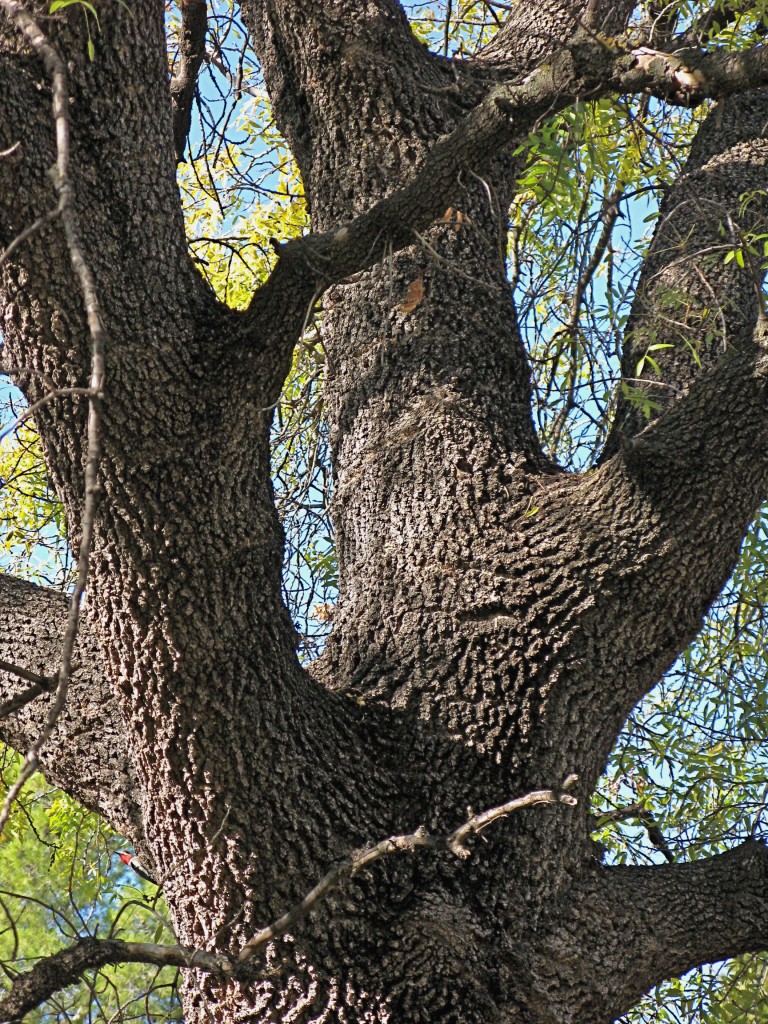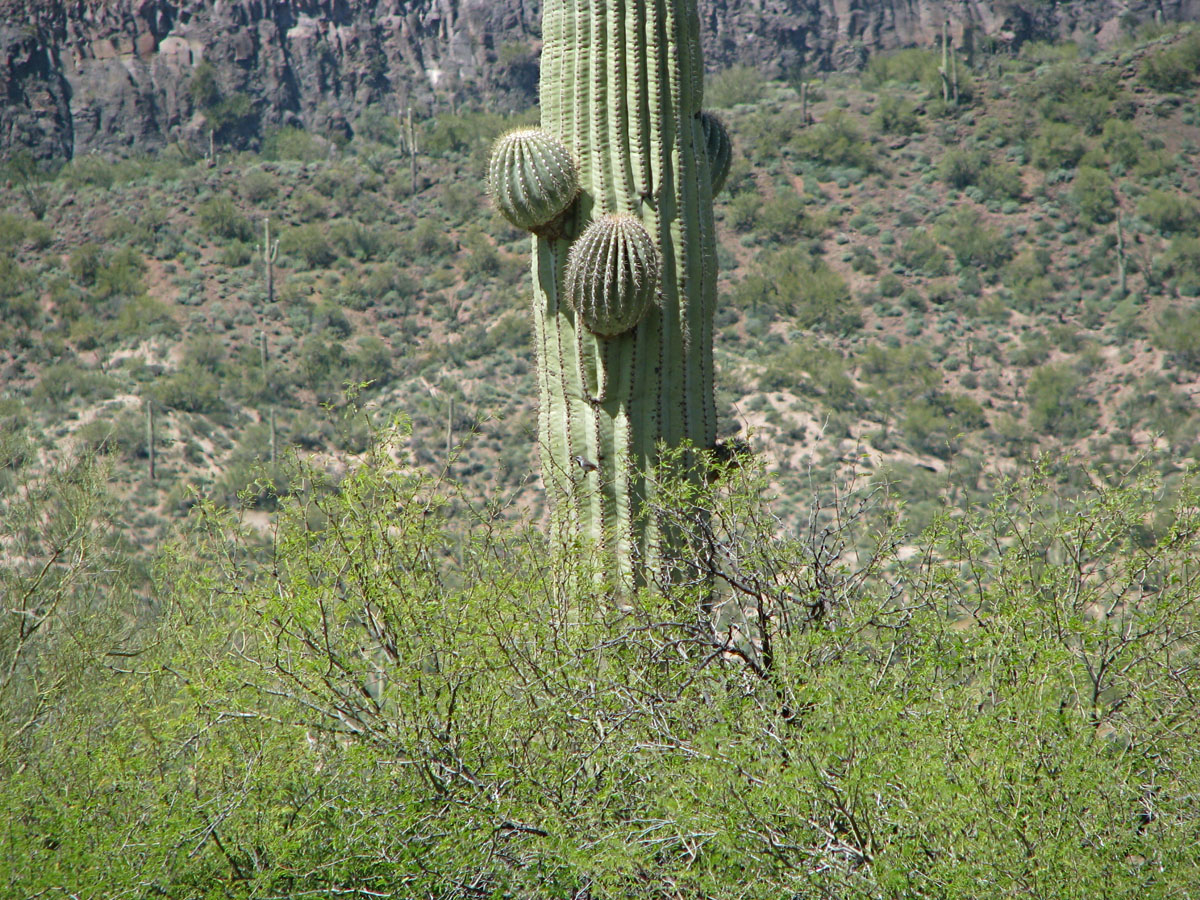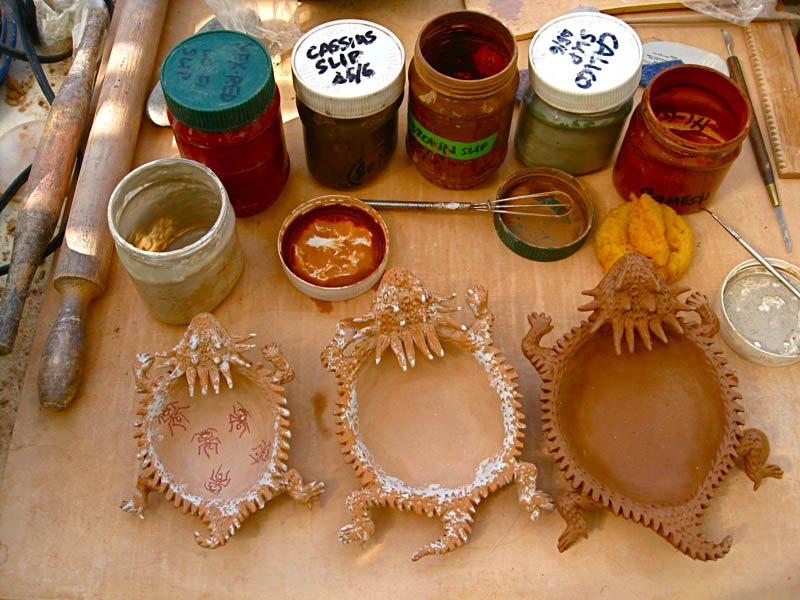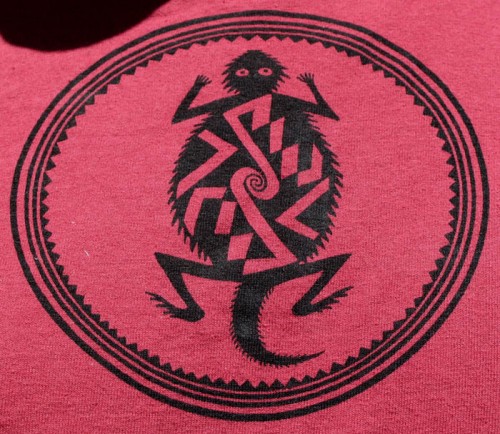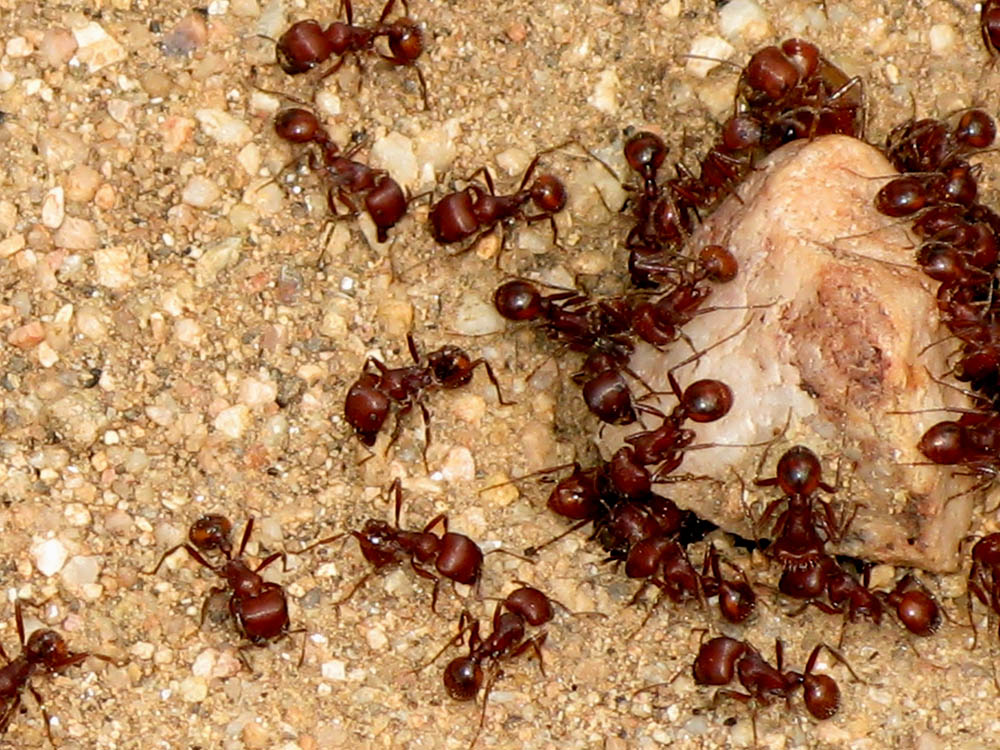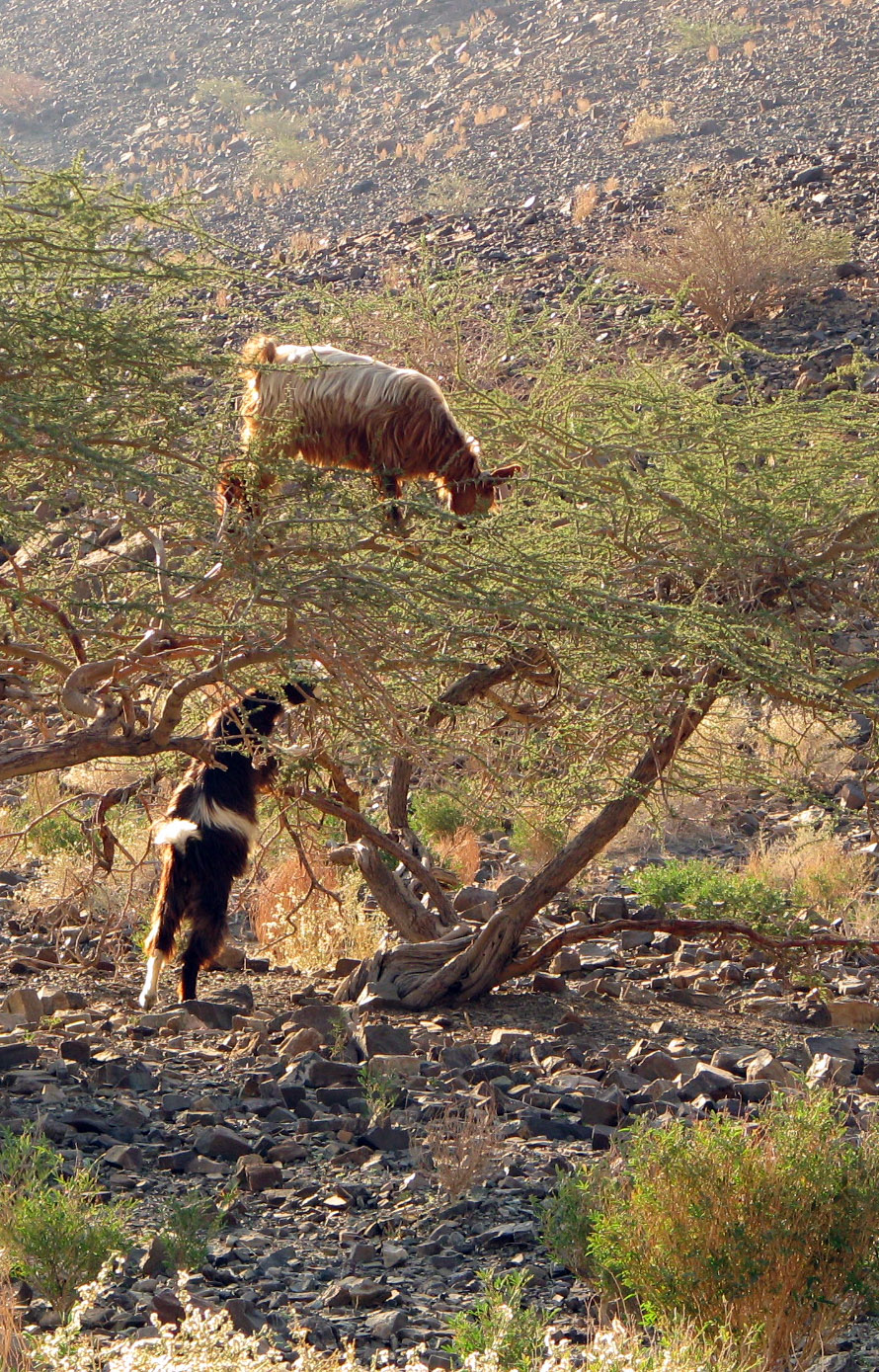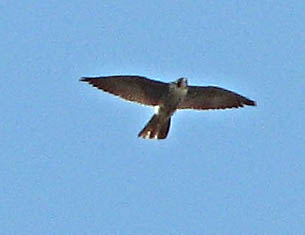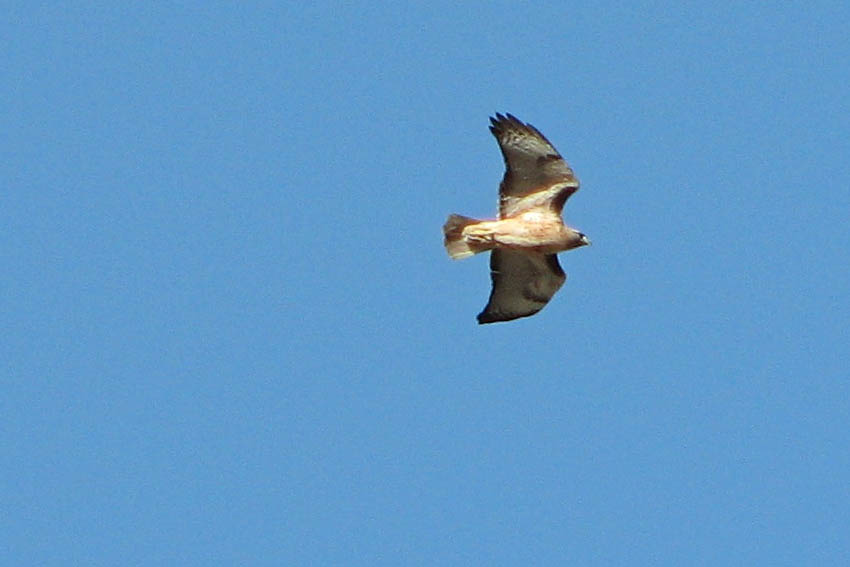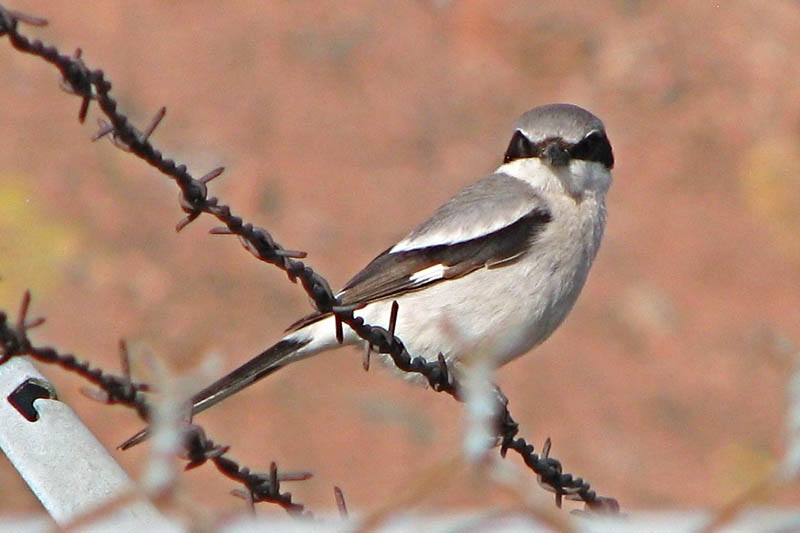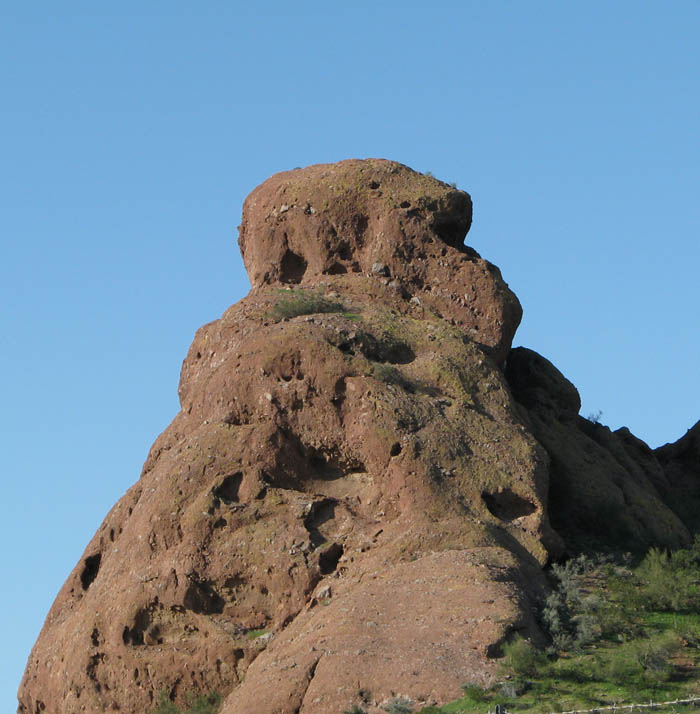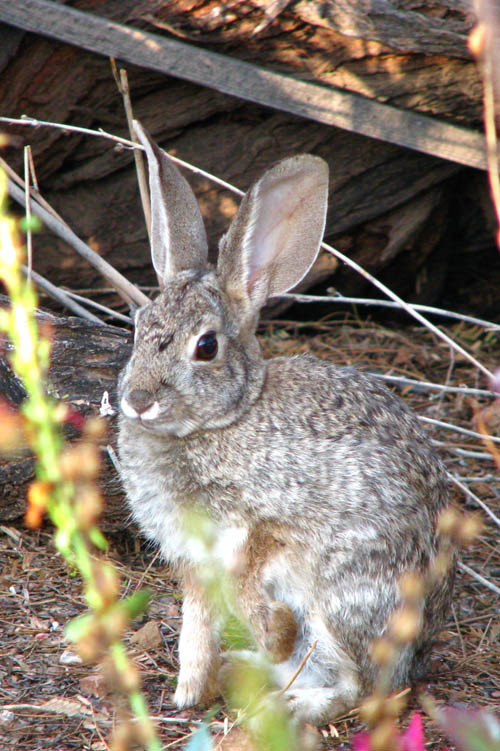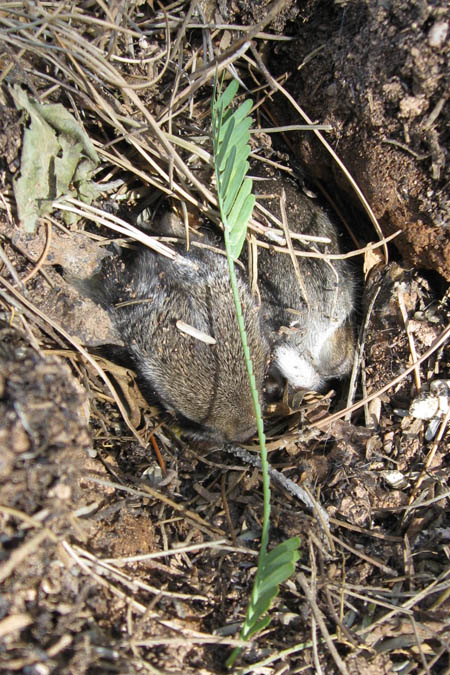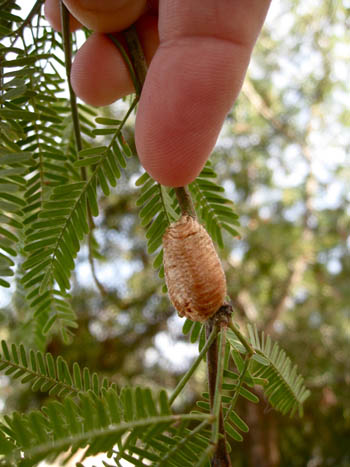This is the fifth installment of the Ganskopf series. Read the first, second, third and fourth here.
“Professor Harrower wants to speak to me?” I asked, surprised. Miss Laguna nodded, and pushed the phone towards me in the air.
After months of contact by letter — and snail mail at that — to say that I was surprised to be called on the phone, at the Ganskopf Library, by Professor Harrower was putting it mildly (not to mention how much it sounded like an Accusation in Clue). I put the phone to my ear, its tangled coil-cord knocking over a cup of pens on Miss Laguna’s desk. “Yes?” I asked. The professor spoke in a quiet voice, tinted with a soft accent I couldn’t quite place. With no pleasantries except a “good afternoon”, he made his request directly and said goodbye. I handed the phone back to Miss Laguna, who had managed to take the entire length of the call to reorganize the pen cup.
— to say that I was surprised to be called on the phone, at the Ganskopf Library, by Professor Harrower was putting it mildly (not to mention how much it sounded like an Accusation in Clue). I put the phone to my ear, its tangled coil-cord knocking over a cup of pens on Miss Laguna’s desk. “Yes?” I asked. The professor spoke in a quiet voice, tinted with a soft accent I couldn’t quite place. With no pleasantries except a “good afternoon”, he made his request directly and said goodbye. I handed the phone back to Miss Laguna, who had managed to take the entire length of the call to reorganize the pen cup.
“Miss Laguna, do you know Harmon Harrower personally?” I asked. She nodded, and explained he made infrequent trips to the Collection. I asked, “Do you happen to know where he’s from, I mean originally?”
“Texas,” she replied, “born and raised. I believe his PhD is from Rice.”
“No kidding? He’s an Owl?” This seemed too odd to be coincidence. “Well, Professor Harrower has another two ‘fetishes’ he wants me to render before I leave. How late is the Library open?”
“Until 9pm. There’s plenty of time if you’d like me to pull them for you,” she said.
“Then, would you mind?” I gave her the scrap of paper with the accession numbers, and moved back to a table to unpack my kit. She returned promptly with two tiny figures, this time with hands once again carefully encased by purple latex gloves.
Here is the finished aquarelle pencil and ink illustration: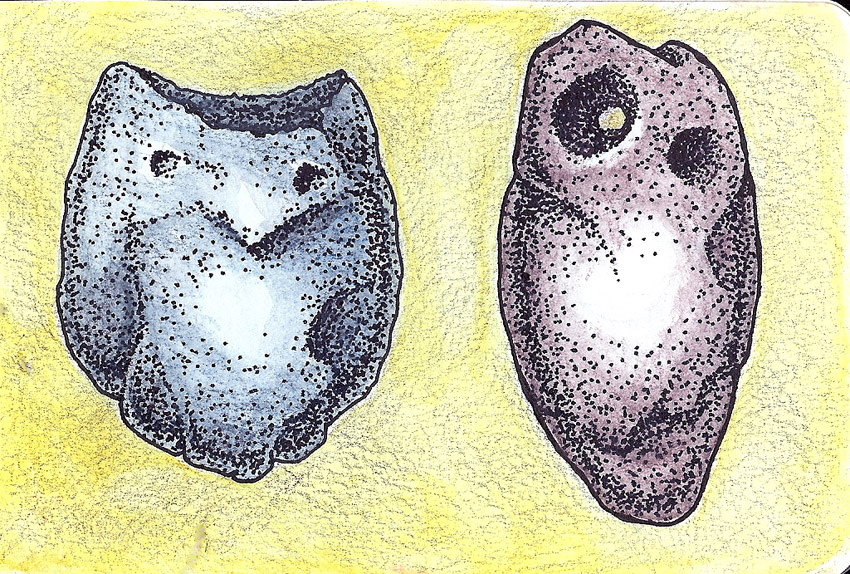
Again, I omit detailed notes on them here, except to say that the items were stone owls, no more than two inches tall, perhaps made owl-like by human hands, or perhaps just fortuitously owly cobbles. I leaned as close as I could to the velvet pillow, and peered at the objects through my magnifying glasses. There was a shininess or patina on them — especially around the bellies and beaks — that could have been made by frequent handling or rubbing. I leaned back. I suppose if I ever found an owl-shaped stone, I’d pick it up, too: just because they might not be fabricated didn’t mean they weren’t artifacts. My gut feeling was that human-shaped or not, they could be very, very ancient; prehistoric ancient, even.
For these two “fetishes”, I chose a stippling technique to render their patinated, weathered cortex, remembering how effective that technique was for drawing Acheulian stone handaxes and other cobble-based implements during a summer internship at the Lancaster Anthropology Museum.
As I worked on the preliminary sketches, various facts kept the analytical part of my brain occupied: Professor Harrower wanted the illustrations for an article. But he had been working on this article for an awfully long time — wouldn’t he want to catch the wave of public interest in these “mystery relics”? And also, why were his payments and re-imbursements to me always in the form of money orders, rather than checks from his University? On further reflection, I decided this might be because he was moonlighting — writing a piece for a popular publication, not a technical journal. This could explain why exact measurements weren’t critical; also, why he had asked for colorful renderings. (The objects themselves tended to be mute in color, so I’d solved this with bright backgrounds, which had seemed to satisfy him.) But mostly what I reflected on was this: the absolute certainty that, based on the speaker’s accent, my phone conversation today was not with a Texan.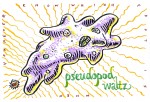
With provocative thoughts like these, time passed quickly, but it was a little after nine when I finished up. Miss Laguna had already put on her coat. I asked if she would let me buy her a quick dinner by way of thanks for holding the Library open a bit late (I could afford it, I was working with a per diem). She smiled, but said she had to get to her night job, so I just grabbed a slice of pizza on the way back to the hotel.
In general, the food here isn’t as good as in New Elgin, and the pizza was heavy and soft with flabby cheese. As I walked along the street struggling one-handed to keep it from dripping oil on my sweater, I wondered: what do you suppose a special collections librarian does for a night job?
To be continued.
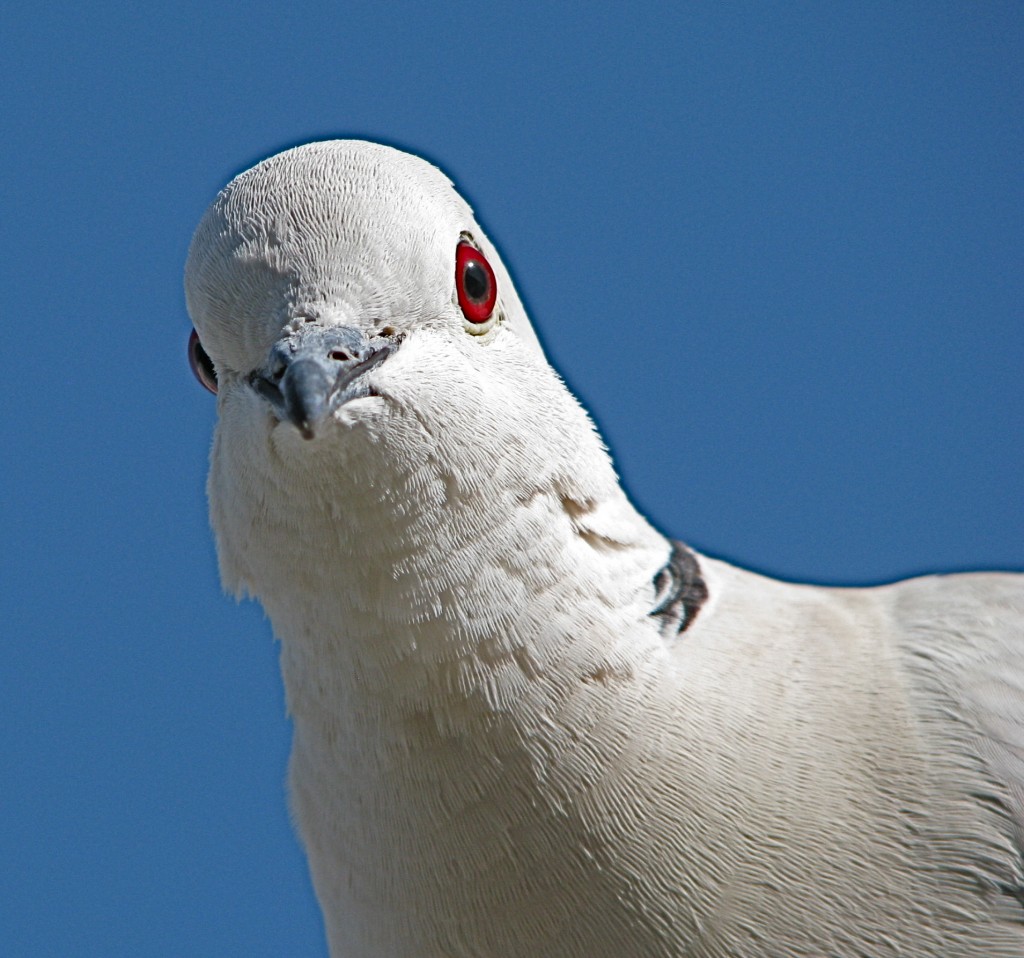

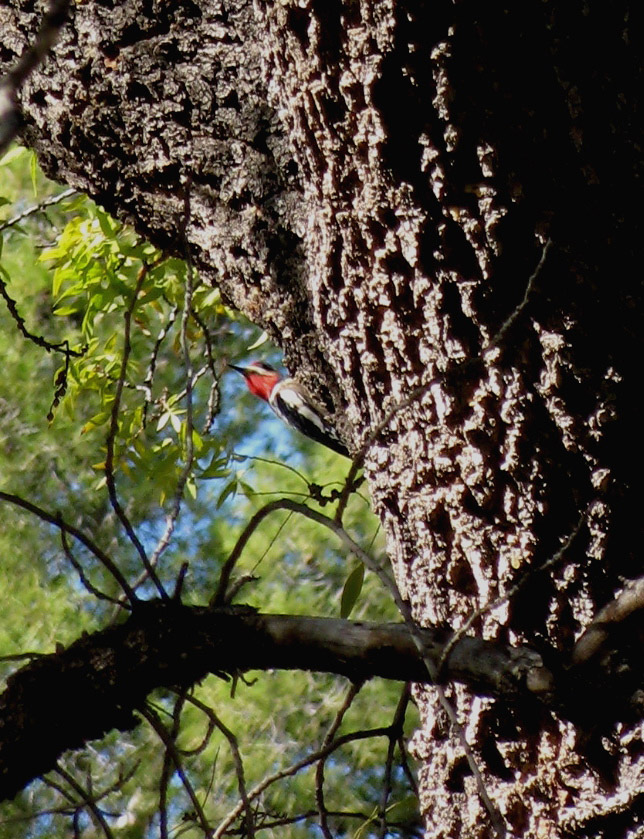
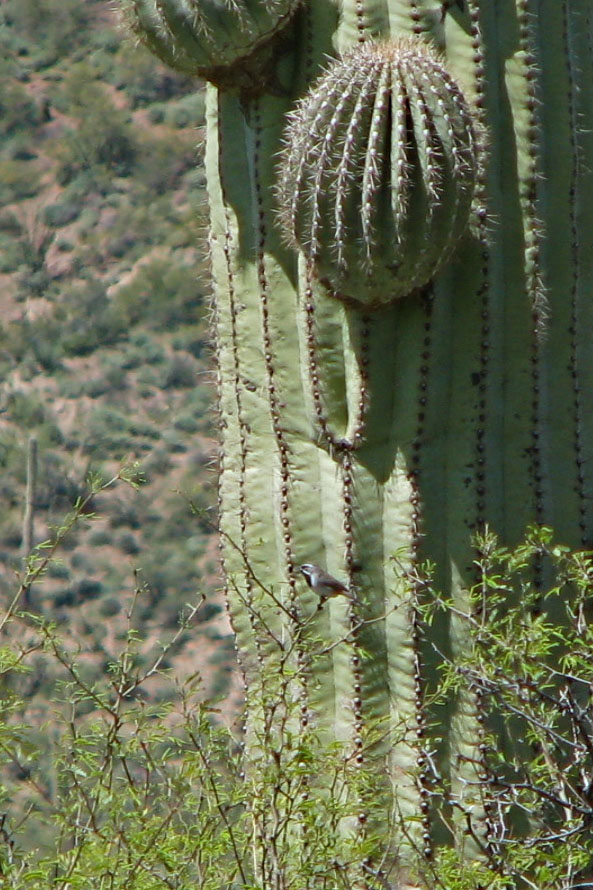
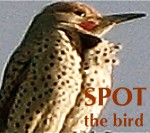
 Allison does not consider herself a wildlife artist,
but an observer who takes notes in clay.
Allison does not consider herself a wildlife artist,
but an observer who takes notes in clay.
